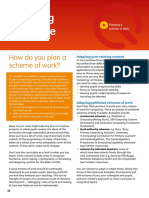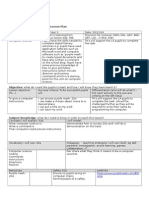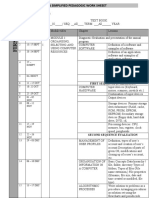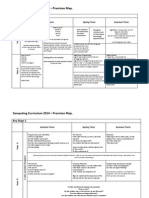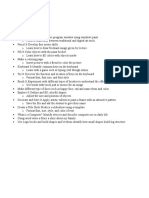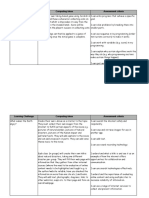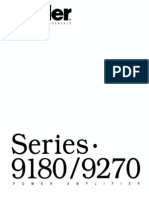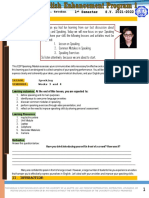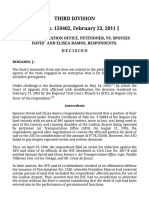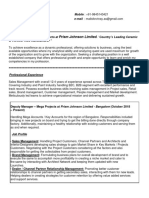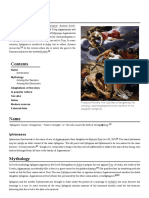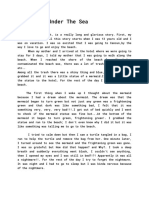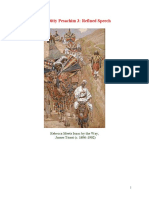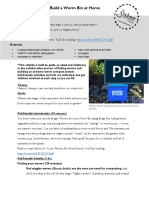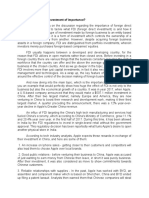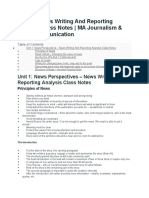0% found this document useful (0 votes)
21 views6 pagesComputers 3
The document outlines a comprehensive curriculum guide for 3rd grade computer education, divided into five units: General Technological Awareness and Digital Safety, Paint, Draw, and Graphics, Keyboarding, Internet and Word Processing, and Computer Programming. Each unit includes specific objectives, teaching methods, resources, and assessment strategies to enhance students' understanding and skills in technology. The curriculum emphasizes hands-on activities, critical thinking, and digital citizenship throughout the learning process.
Uploaded by
Jenny Rose DulinCopyright
© © All Rights Reserved
We take content rights seriously. If you suspect this is your content, claim it here.
Available Formats
Download as PDF, TXT or read online on Scribd
0% found this document useful (0 votes)
21 views6 pagesComputers 3
The document outlines a comprehensive curriculum guide for 3rd grade computer education, divided into five units: General Technological Awareness and Digital Safety, Paint, Draw, and Graphics, Keyboarding, Internet and Word Processing, and Computer Programming. Each unit includes specific objectives, teaching methods, resources, and assessment strategies to enhance students' understanding and skills in technology. The curriculum emphasizes hands-on activities, critical thinking, and digital citizenship throughout the learning process.
Uploaded by
Jenny Rose DulinCopyright
© © All Rights Reserved
We take content rights seriously. If you suspect this is your content, claim it here.
Available Formats
Download as PDF, TXT or read online on Scribd
/ 6















